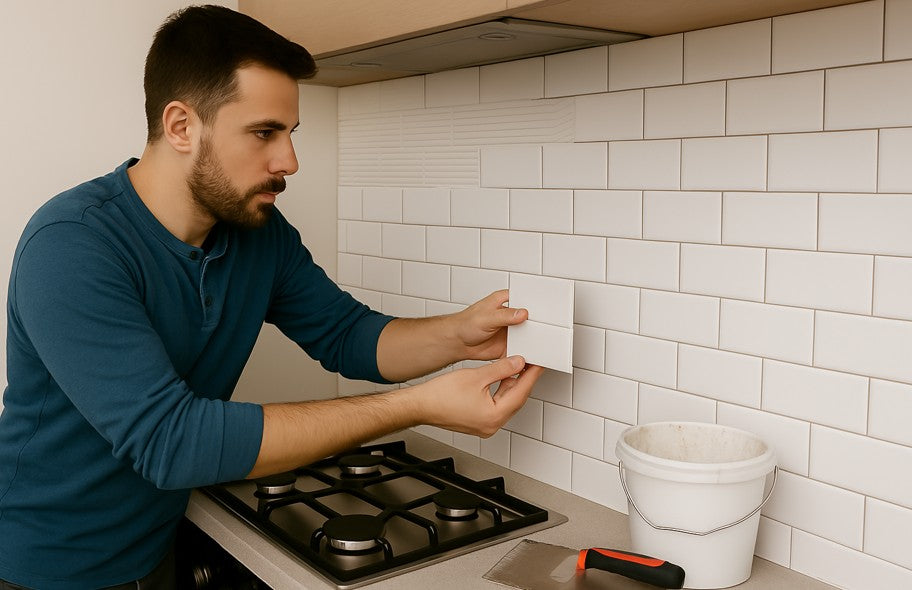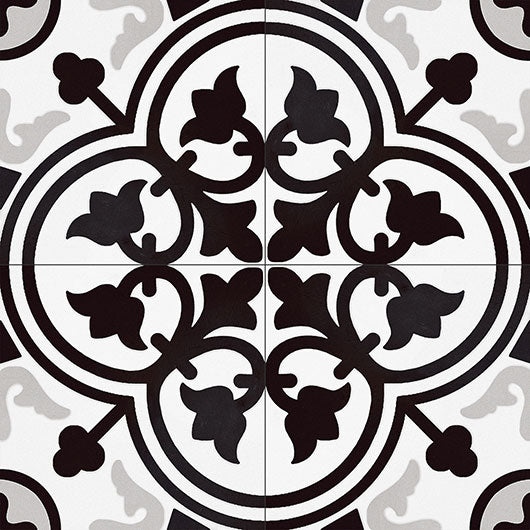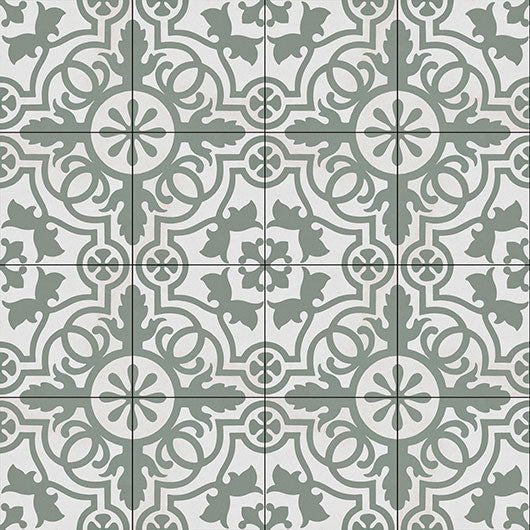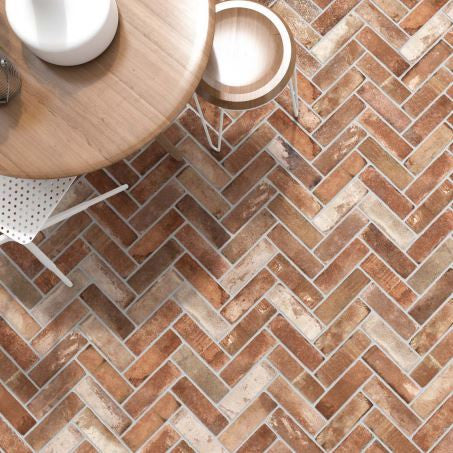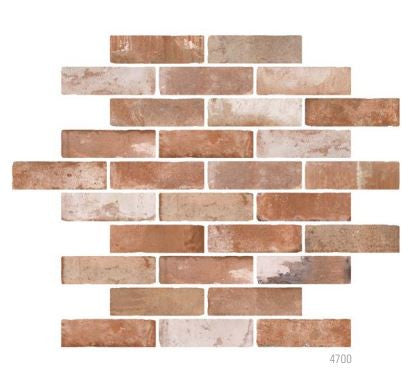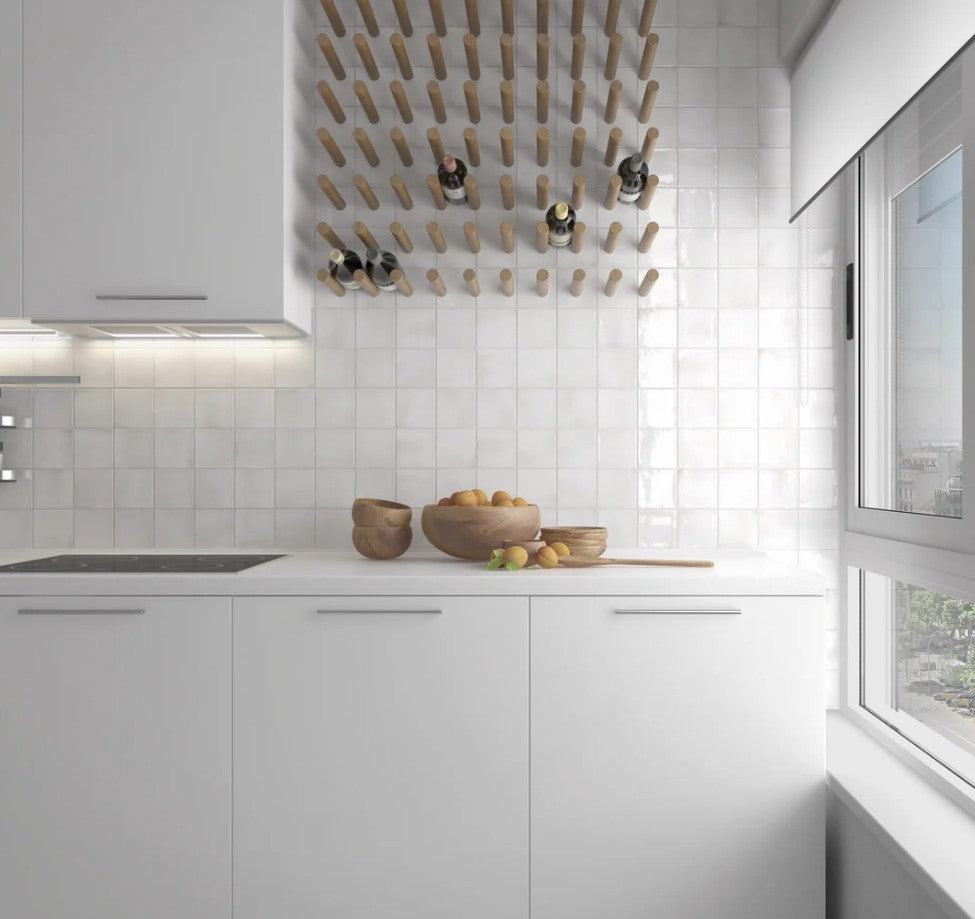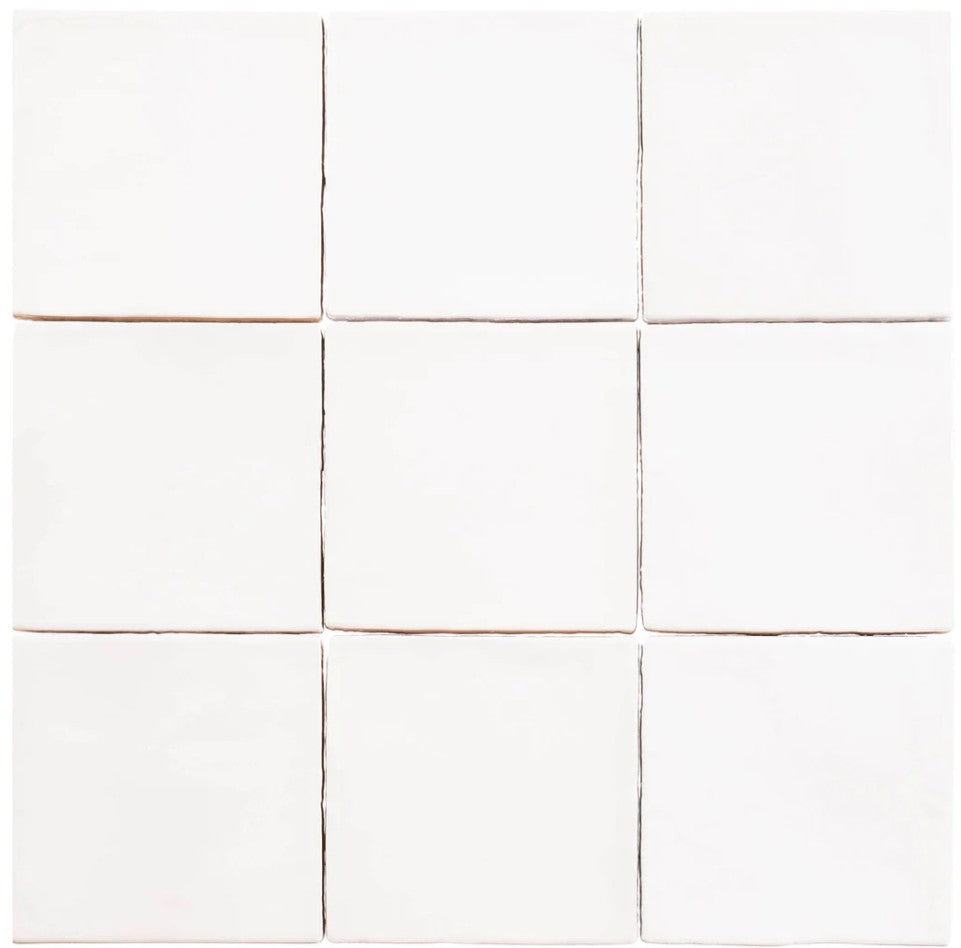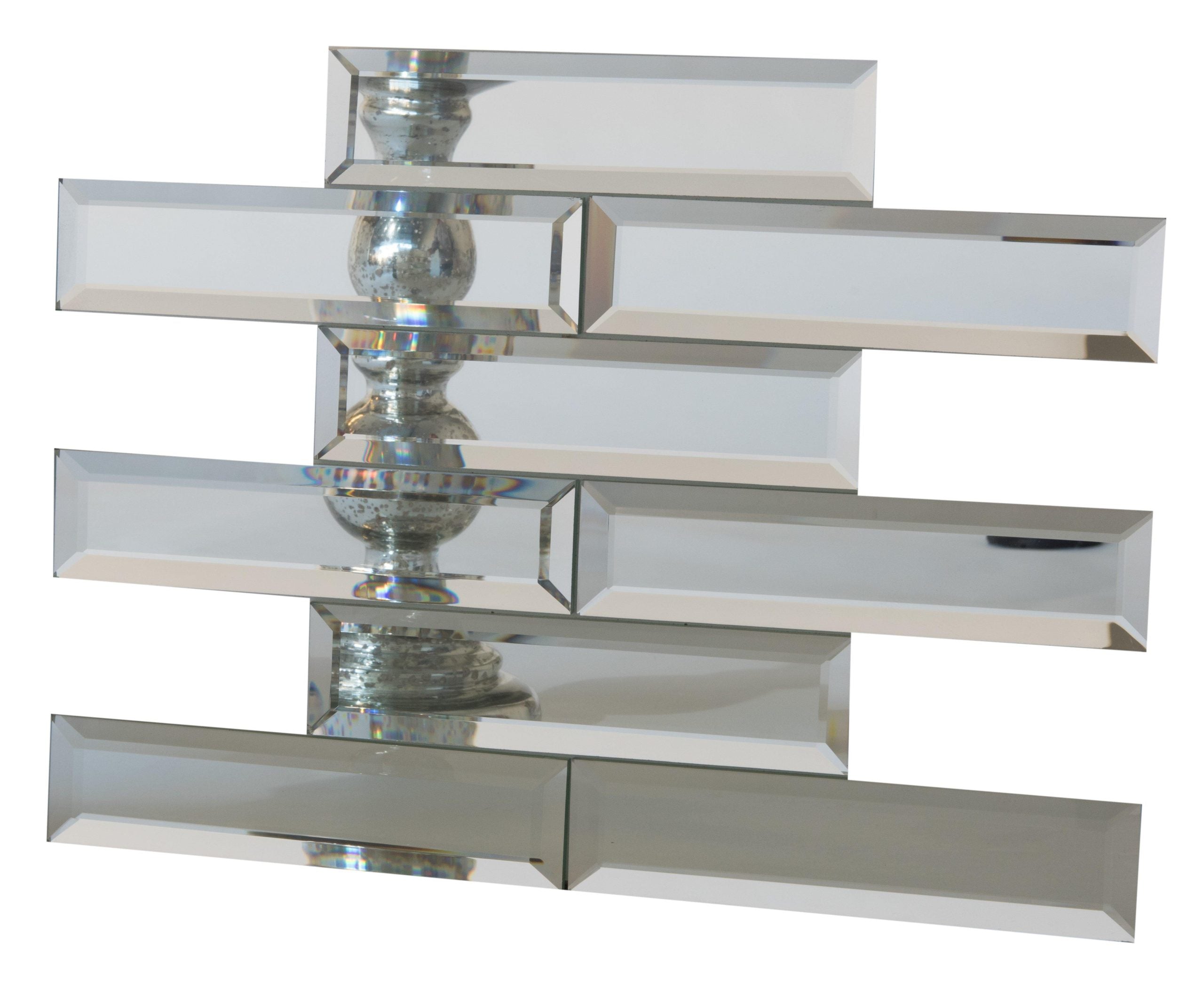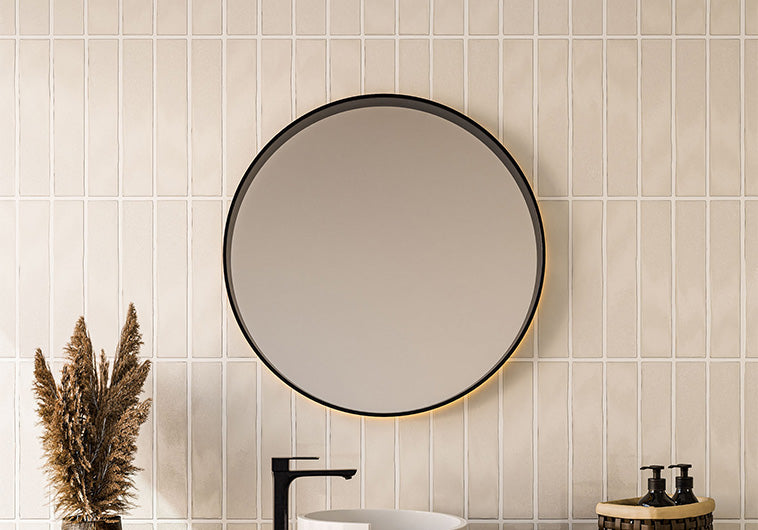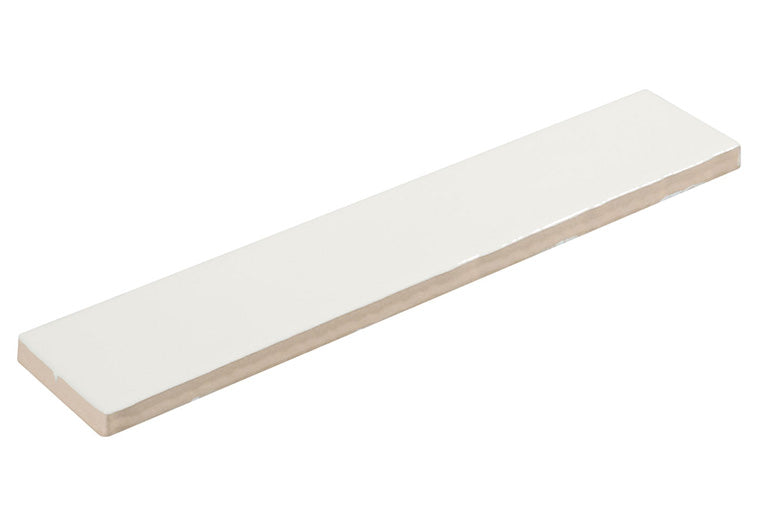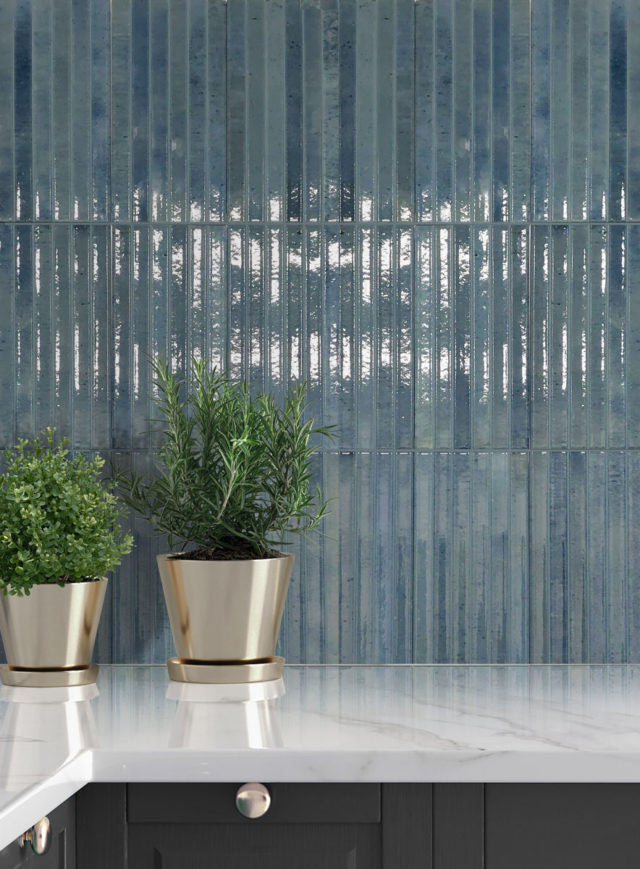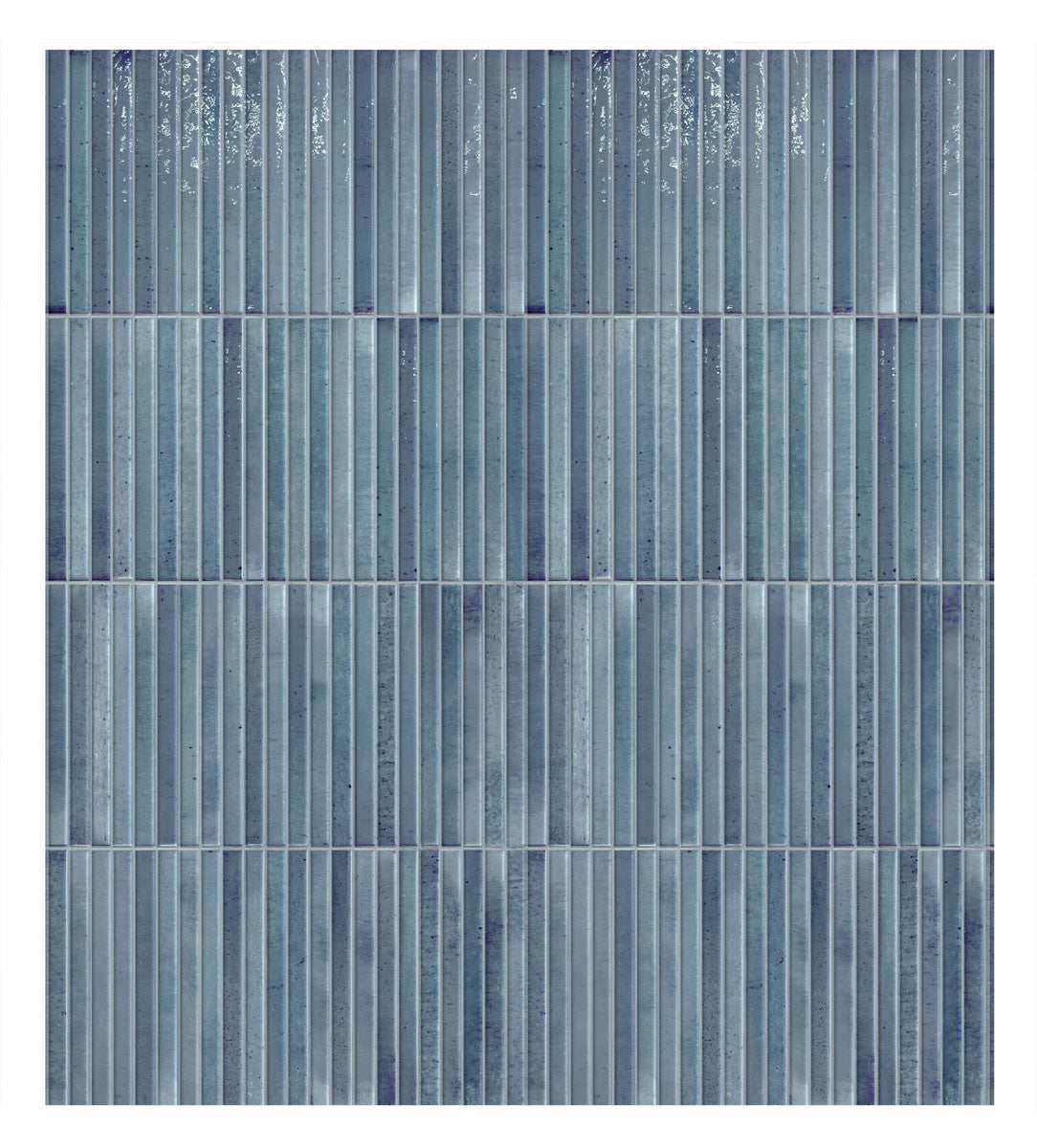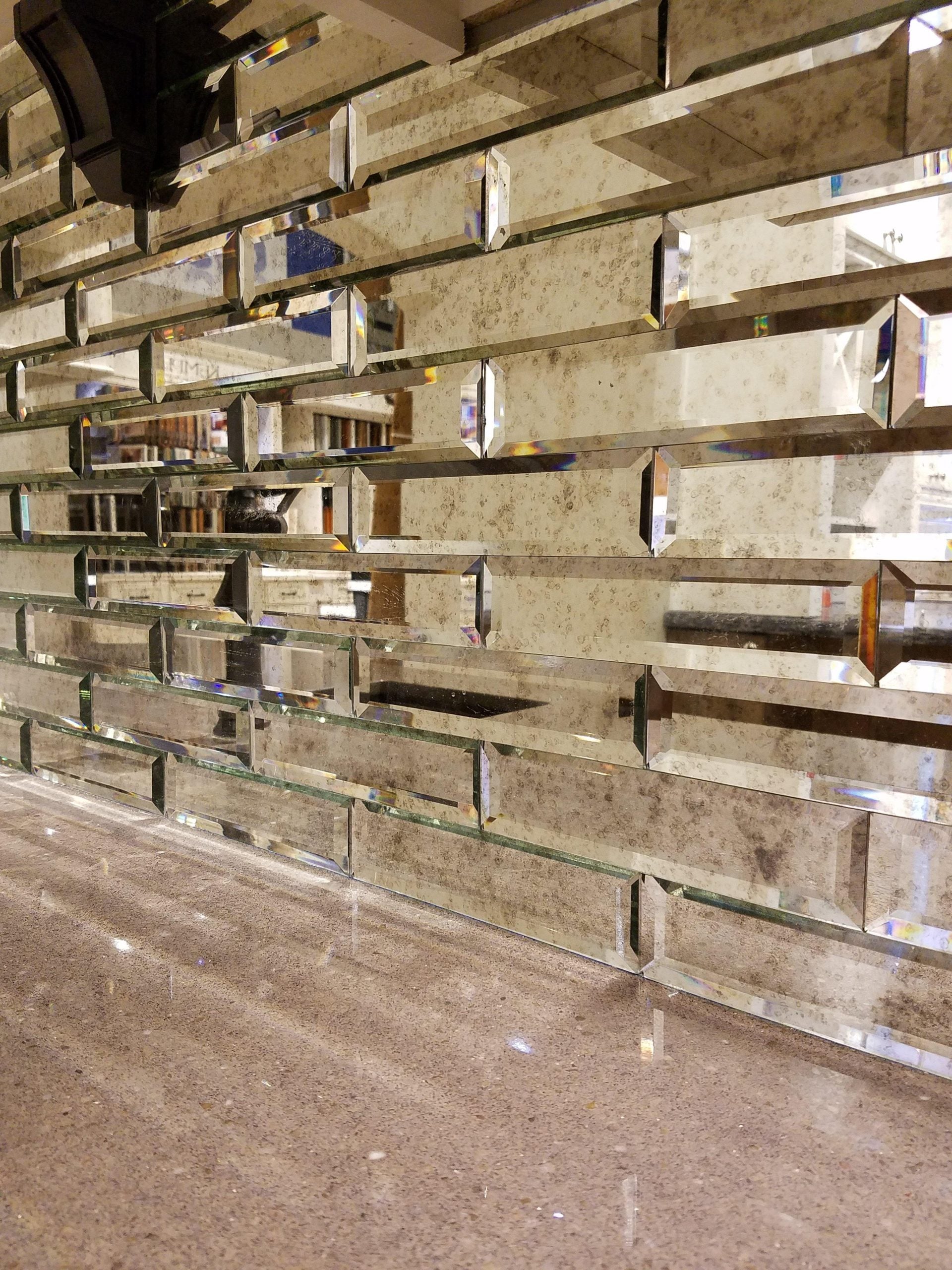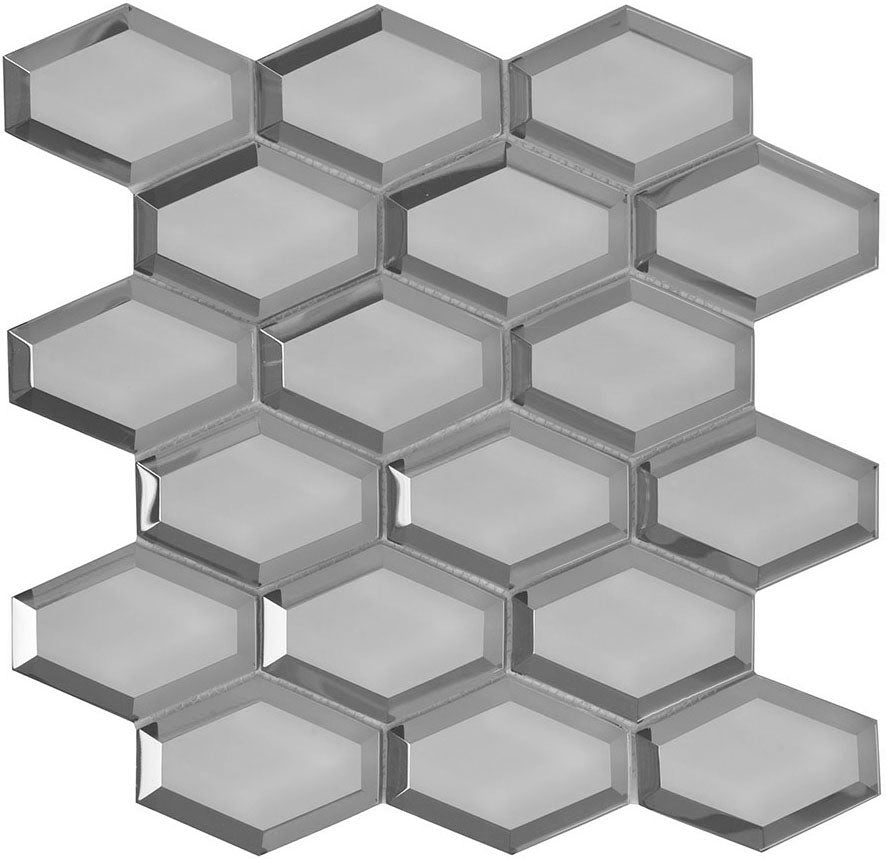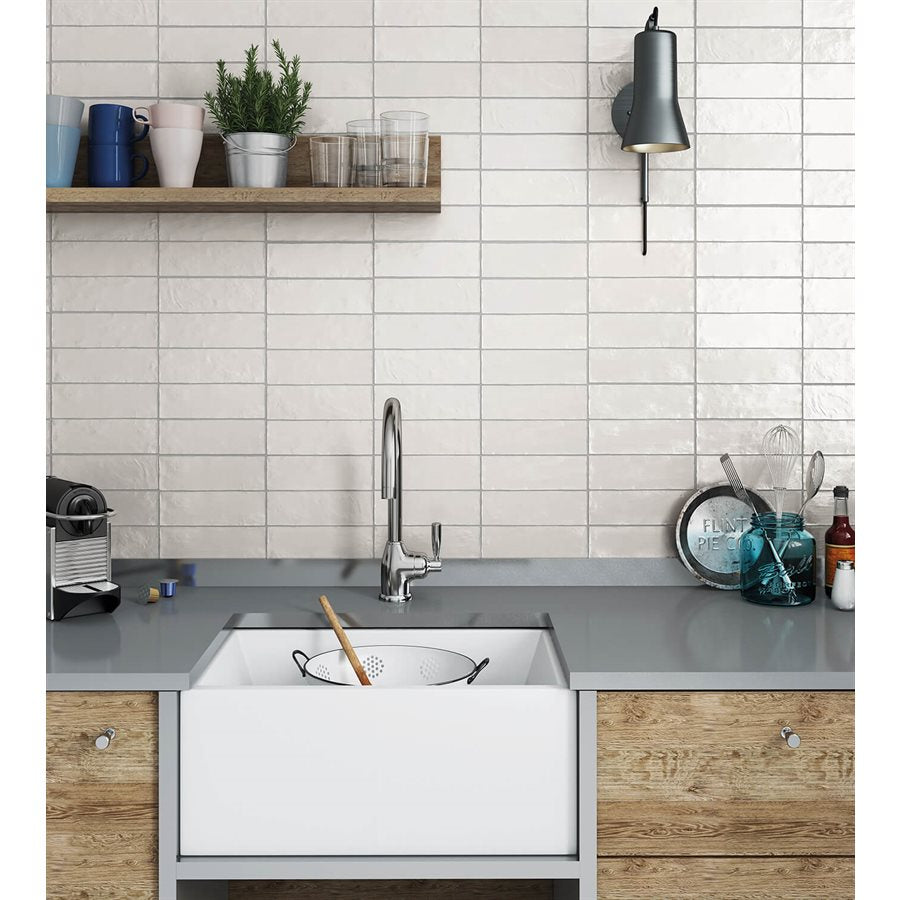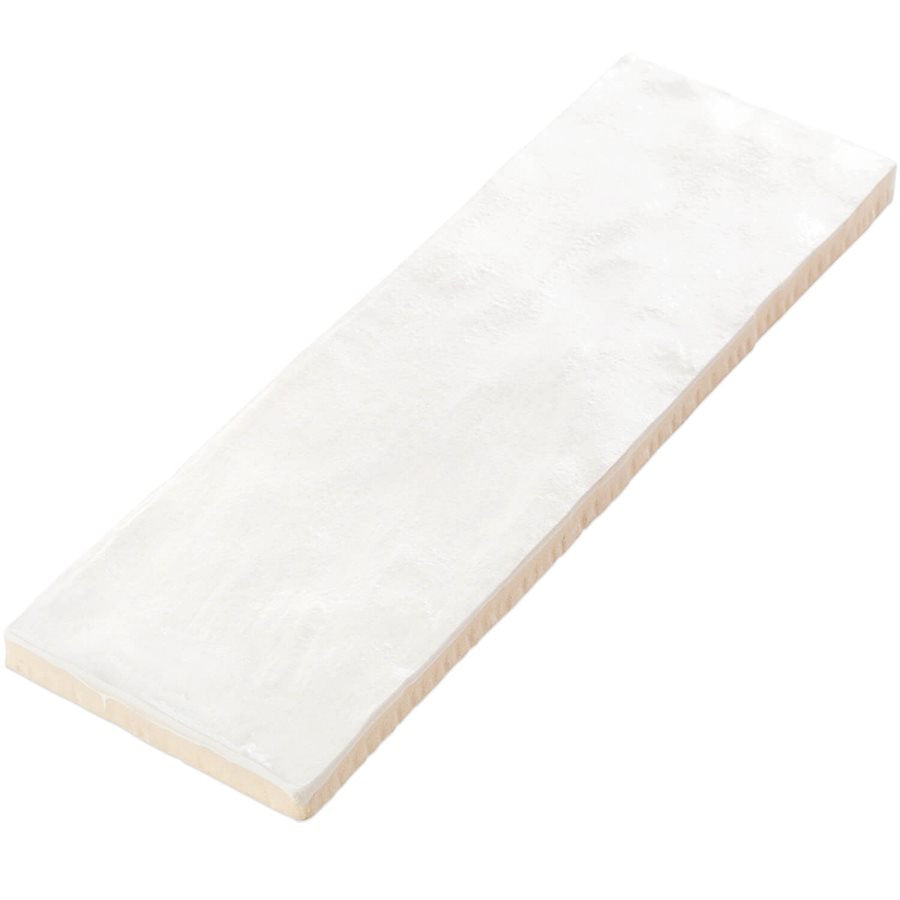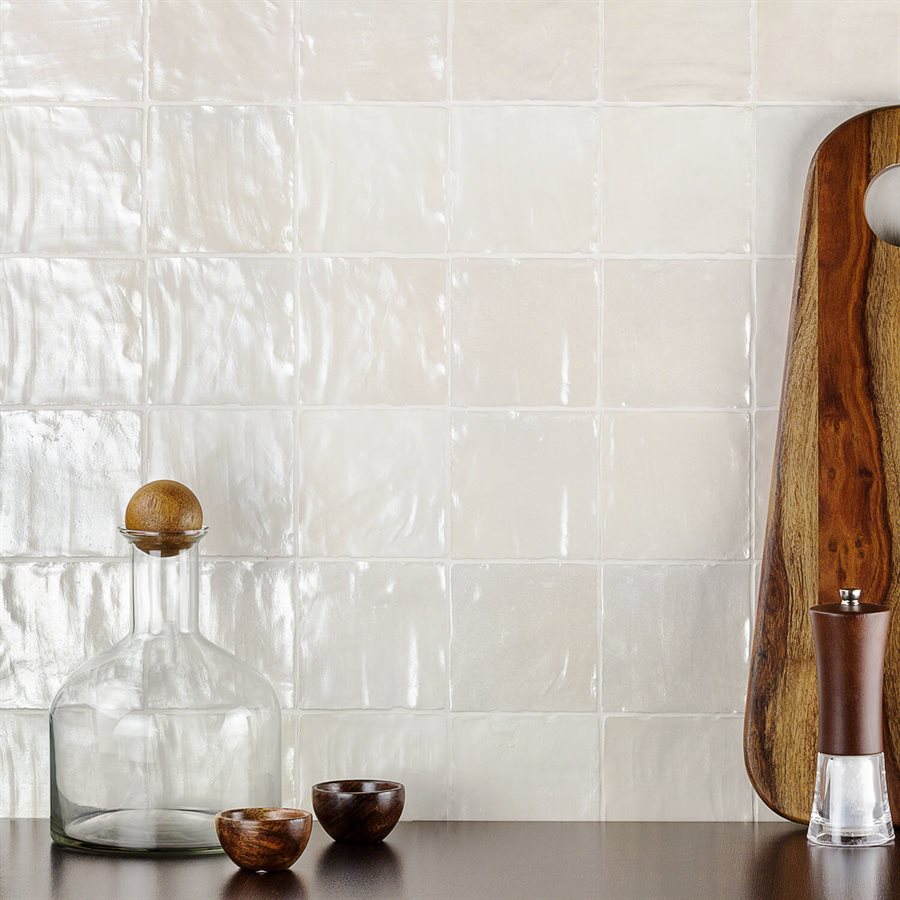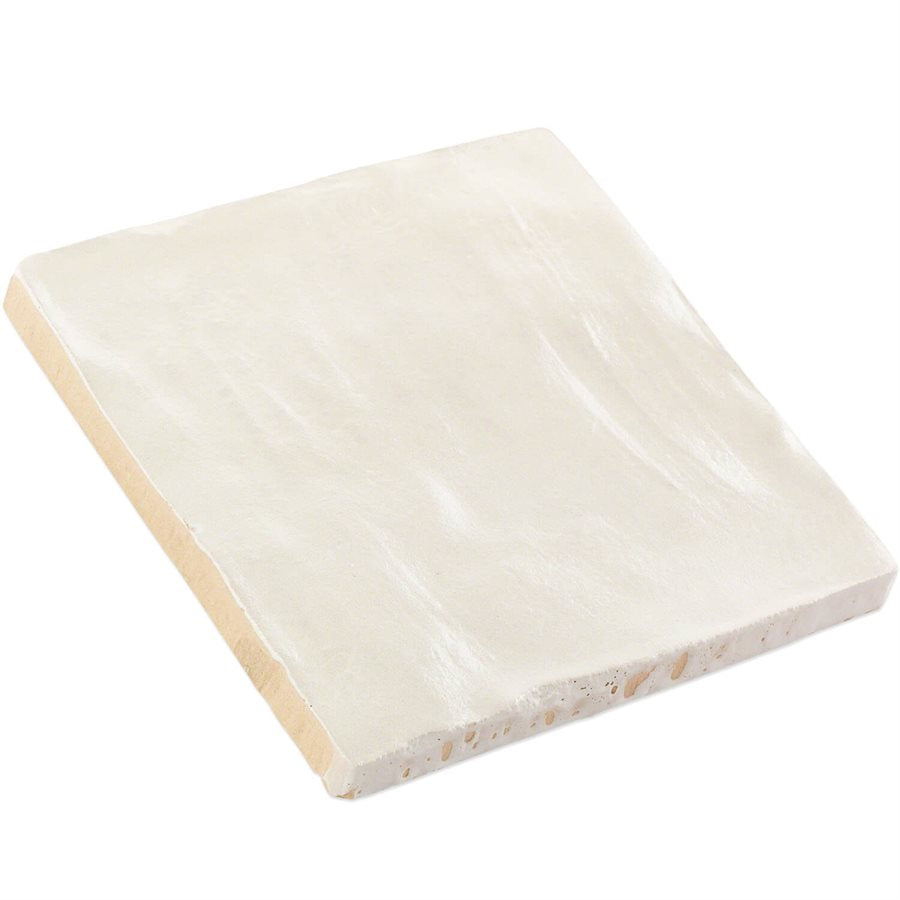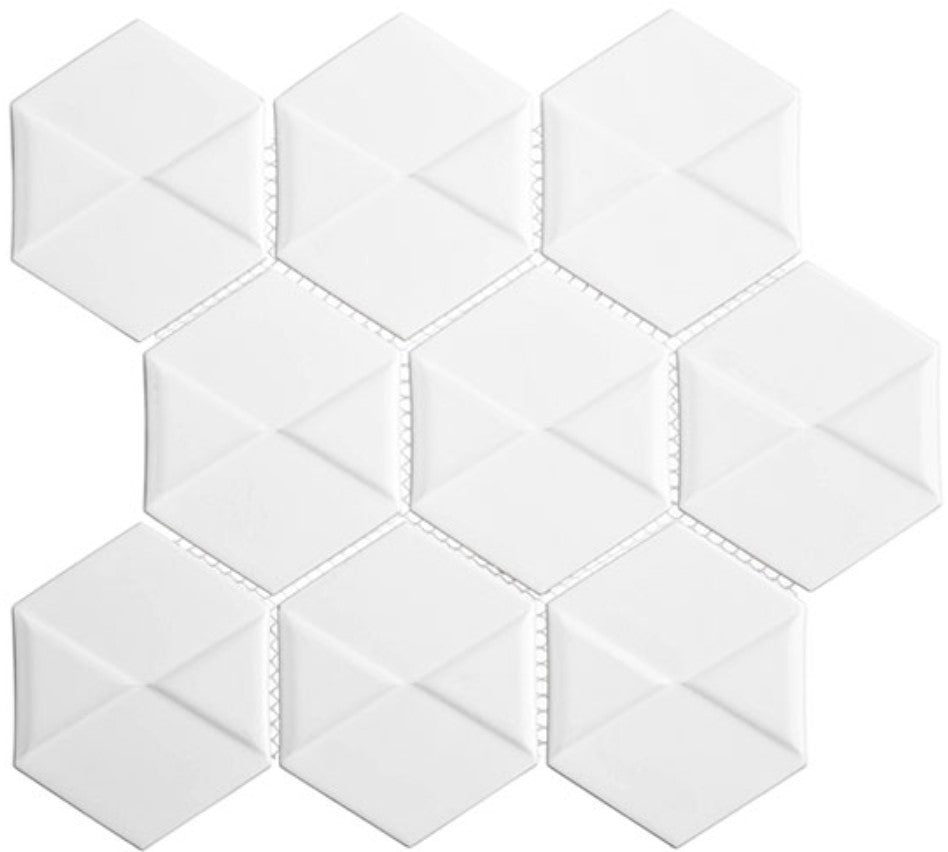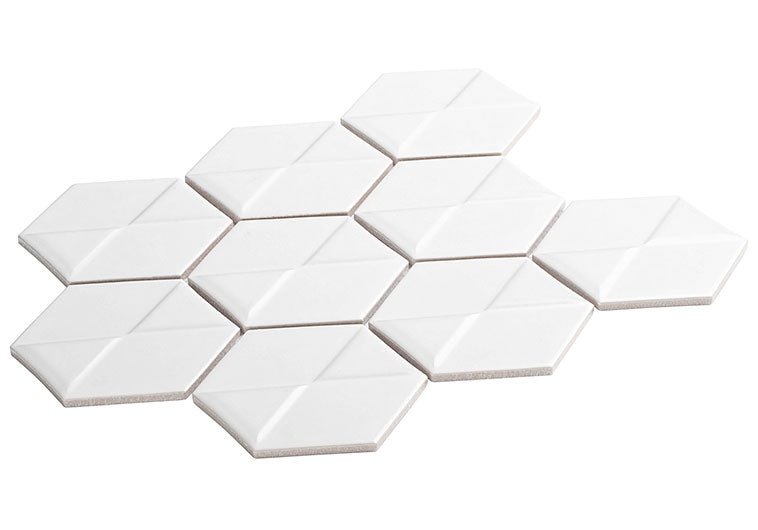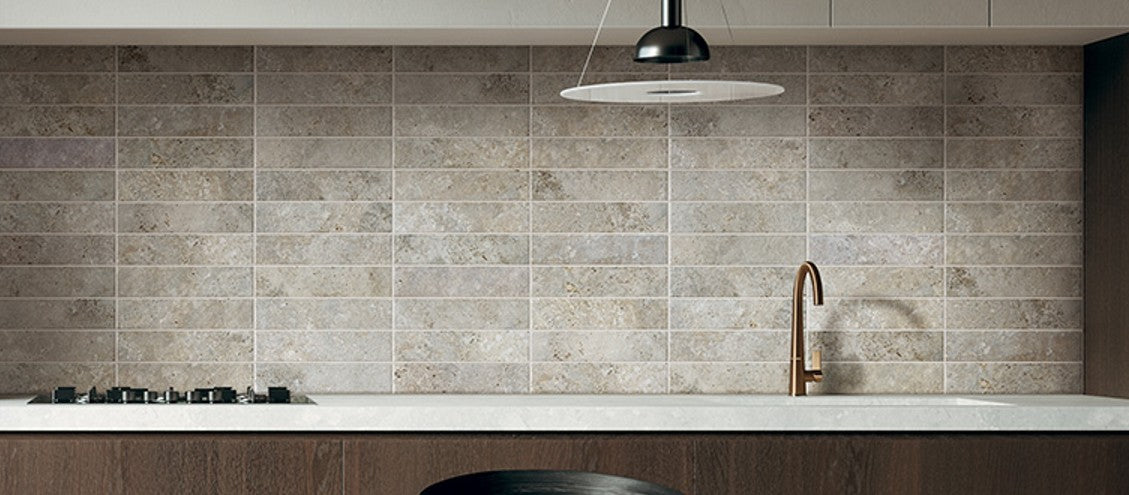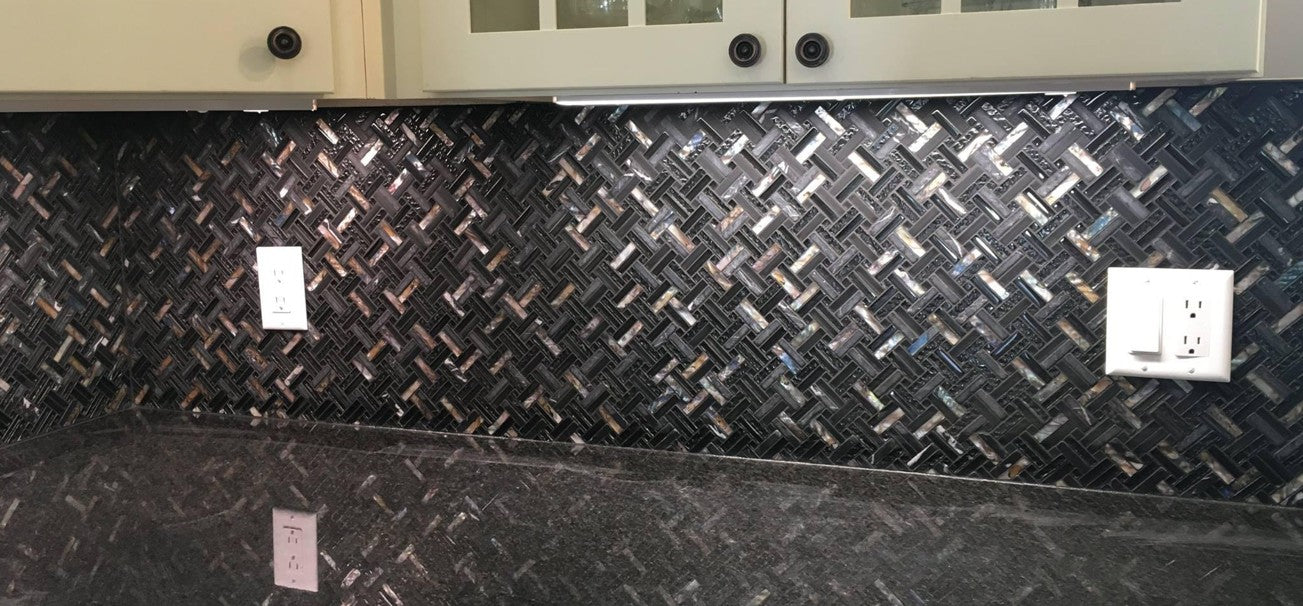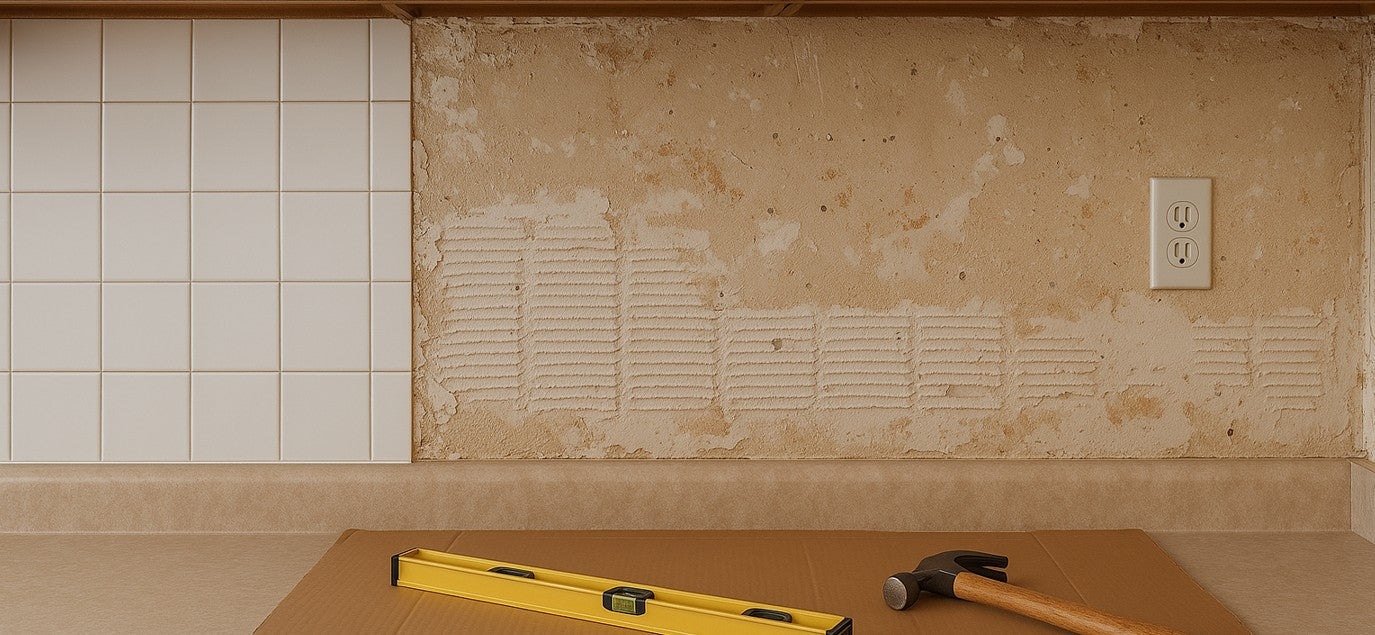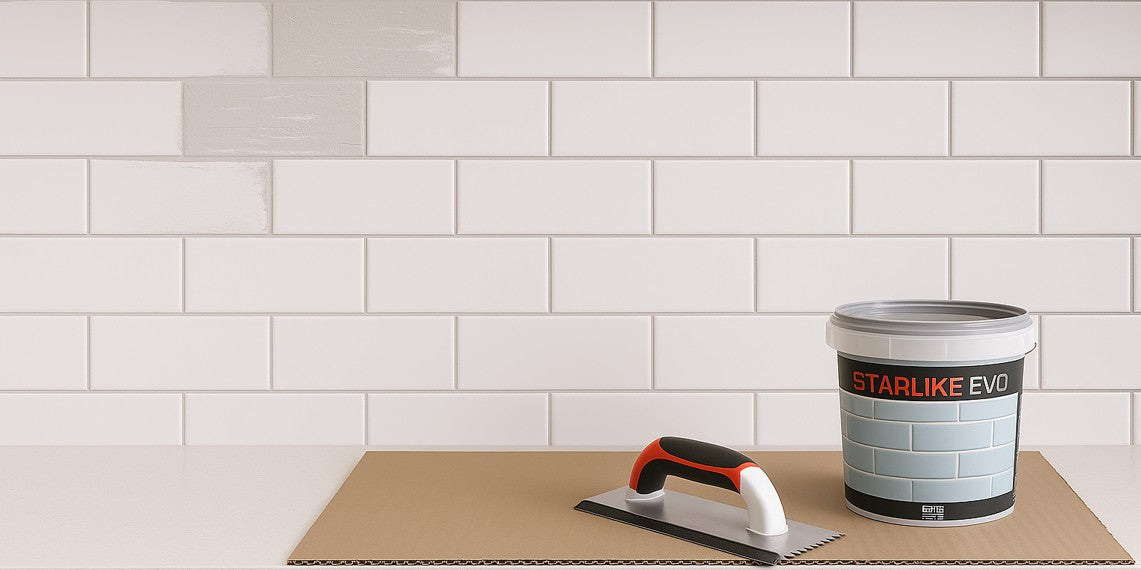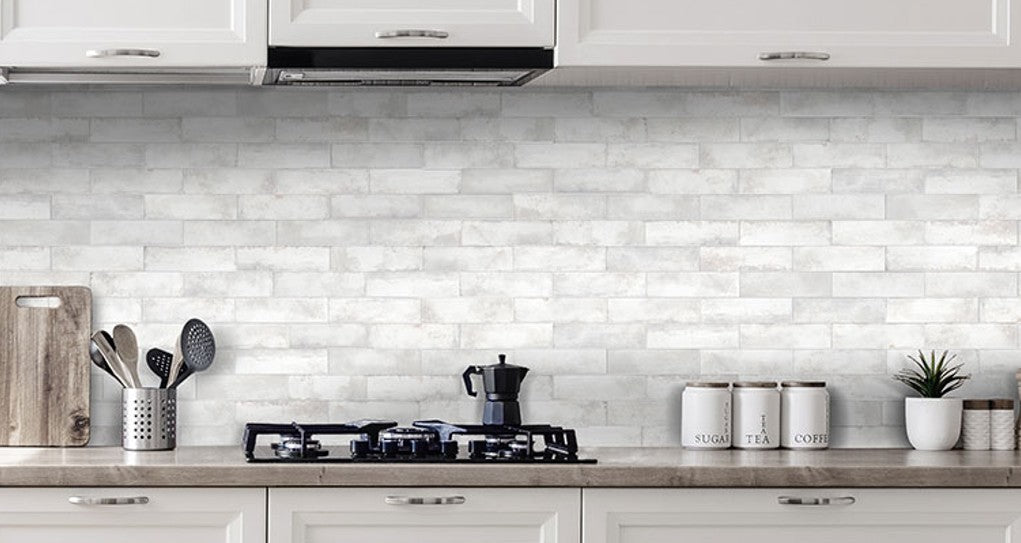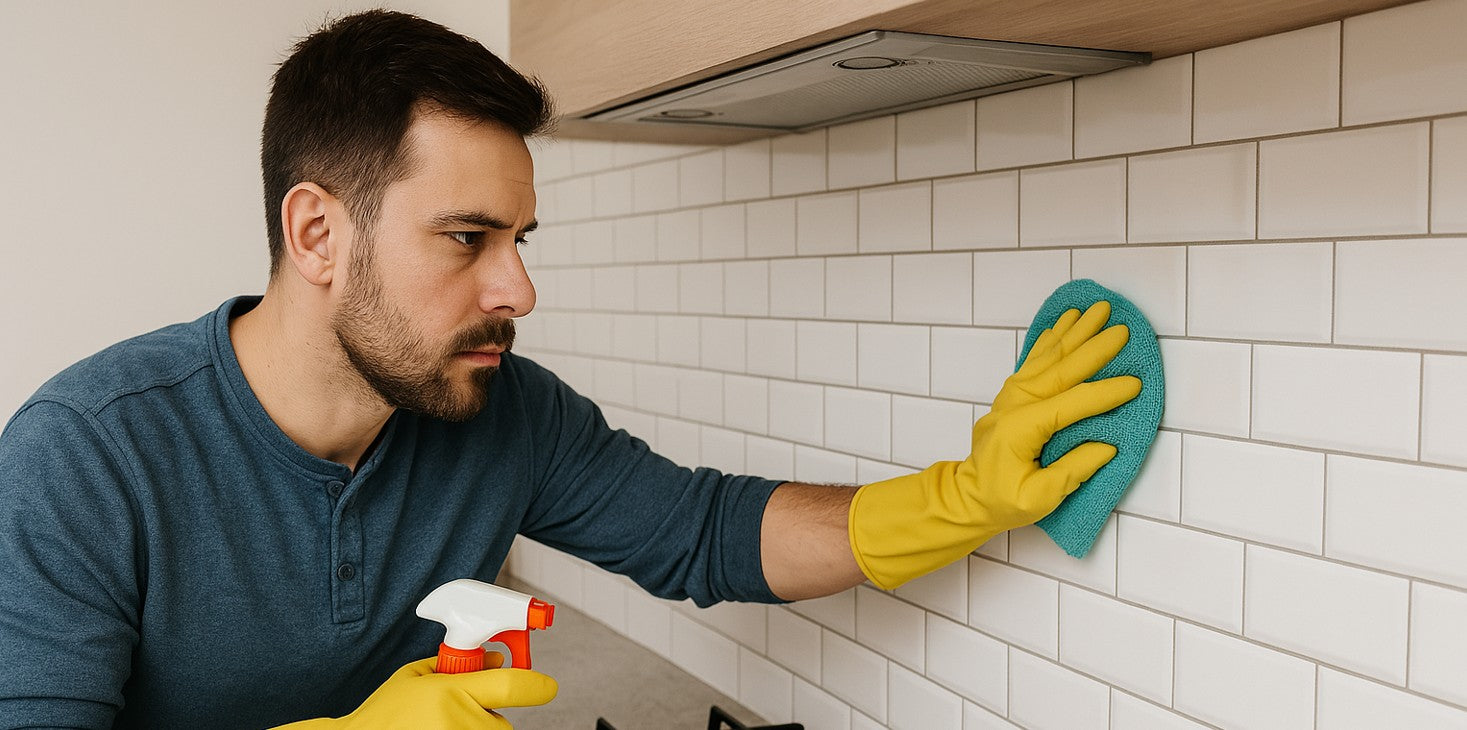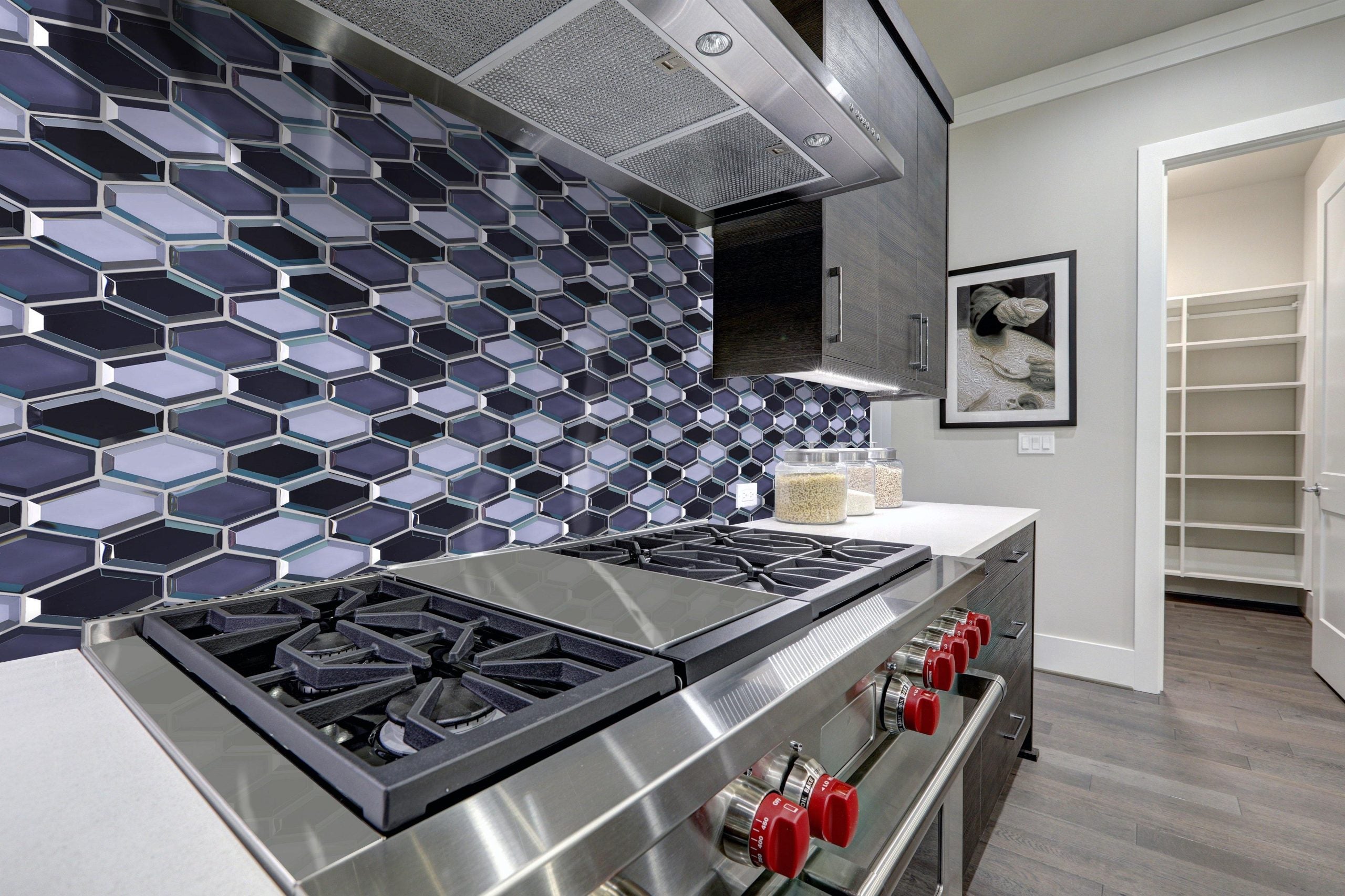Weighing the Pros and Cons to Choose the Best Approach for Your Project
Installing a kitchen backsplash is one of the most rewarding upgrades you can make in your home. It’s a relatively small project that can dramatically enhance your kitchen’s style, protect your walls, and increase resale value. But before you dive in, there’s one big question to answer: Should you tackle it yourself or hire a professional?
There’s no one-size-fits-all answer—your decision depends on your budget, skill level, timeline, and the complexity of the tile you choose. In this article, we’ll explore the benefits and drawbacks of DIY vs. professional backsplash installation so you can confidently choose the best path for your kitchen.
The DIY Approach: Hands-On and Cost-Effective
Many homeowners are drawn to DIY backsplash installation because of the potential to save money and gain personal satisfaction from completing the project themselves.
Pros of DIY Installation
- Cost Savings: Labor can account for 50% or more of the total backsplash cost. Doing it yourself eliminates that expense.
- Control Over the Process: You can work at your own pace and make design adjustments as needed.
- Personal Accomplishment: Installing your own backsplash is a satisfying way to put your own stamp on your home.

Cons of DIY Installation
- Steep Learning Curve: If you’ve never tiled before, expect to spend time watching tutorials, reading guides, and learning the tools of the trade.
- Risk of Mistakes: Crooked tiles, uneven grout lines, or poor adhesion can lead to disappointing results or even tile failure.
- Time-Consuming: What a professional can do in a day may take you a weekend—or longer—especially if you're learning on the job.
💡 Tip: DIY is best suited for simple layouts like straight or brick patterns using standard ceramic or glass tiles.
The Professional Option: Expertise and Efficiency
Hiring a professional tile installer brings experience, precision, and peace of mind to your backsplash project.
Pros of Professional Installation
- Flawless Finish: A pro has the skill and tools to deliver perfectly aligned tiles, smooth grout lines, and lasting durability.
- Time-Saving: An experienced installer can complete the job quickly and efficiently—no trial-and-error required.
- Expert Advice: A contractor can help you make smart decisions about tile layout, grout selection, edge trims, and more.
Cons of Professional Installation
- Higher Upfront Cost: Labor can range from $10 to $40 per square foot, depending on complexity and location.
- Less Flexibility: You’ll need to coordinate with your installer’s schedule and trust their approach to the job.
- Less Personal Involvement: While you’ll choose the tile and design, the hands-on work is out of your control.
🔍 Pro Tip: Professional installation is highly recommended for intricate patterns like herringbone or chevron, delicate materials like glass or metal, or large-format tiles that require precise leveling.
Key Factors to Consider Before Deciding
Still unsure which direction to take? Here are some key factors to weigh:
1. Project Size & Complexity
- Simple projects with standard tile sizes and layouts may be DIY-friendly.
- Complex designs or large areas often require a professional touch.
2. Tools and Equipment
- DIY installation requires tools like a tile cutter or wet saw, notched trowel, level, spacers, grout float, and more.
- Buying or renting these tools adds to your upfront costs.
3. Time Commitment
- Do you have a free weekend or two to devote to the job?
- If you’re on a tight schedule, a pro can get it done faster and more efficiently.
4. Budget
- DIY can save hundreds—or even thousands—depending on the scope.
- However, fixing mistakes from a DIY job gone wrong can end up costing more than hiring a pro in the first place.
When DIY Makes Sense
- You’re working with basic ceramic or porcelain tile
- You’re comfortable with tools and following instructions
- You want to keep costs down and don’t mind investing time
When to Hire a Professional
- You’re using fragile or expensive tile (glass, marble, mosaic sheets)
- The layout is complex (angled walls, multiple outlets, detailed patterns)
- You want guaranteed quality and a faster turnaround
Final Thoughts
Your kitchen backsplash should be both functional and beautiful—and how you get there depends on your unique situation. If you have the time, patience, and enthusiasm to DIY, you can create a space you’ll be proud of. If not, hiring a professional ensures lasting results with less stress and more polish.
Either way, success starts with high-quality tile, proper planning, and the right materials.

